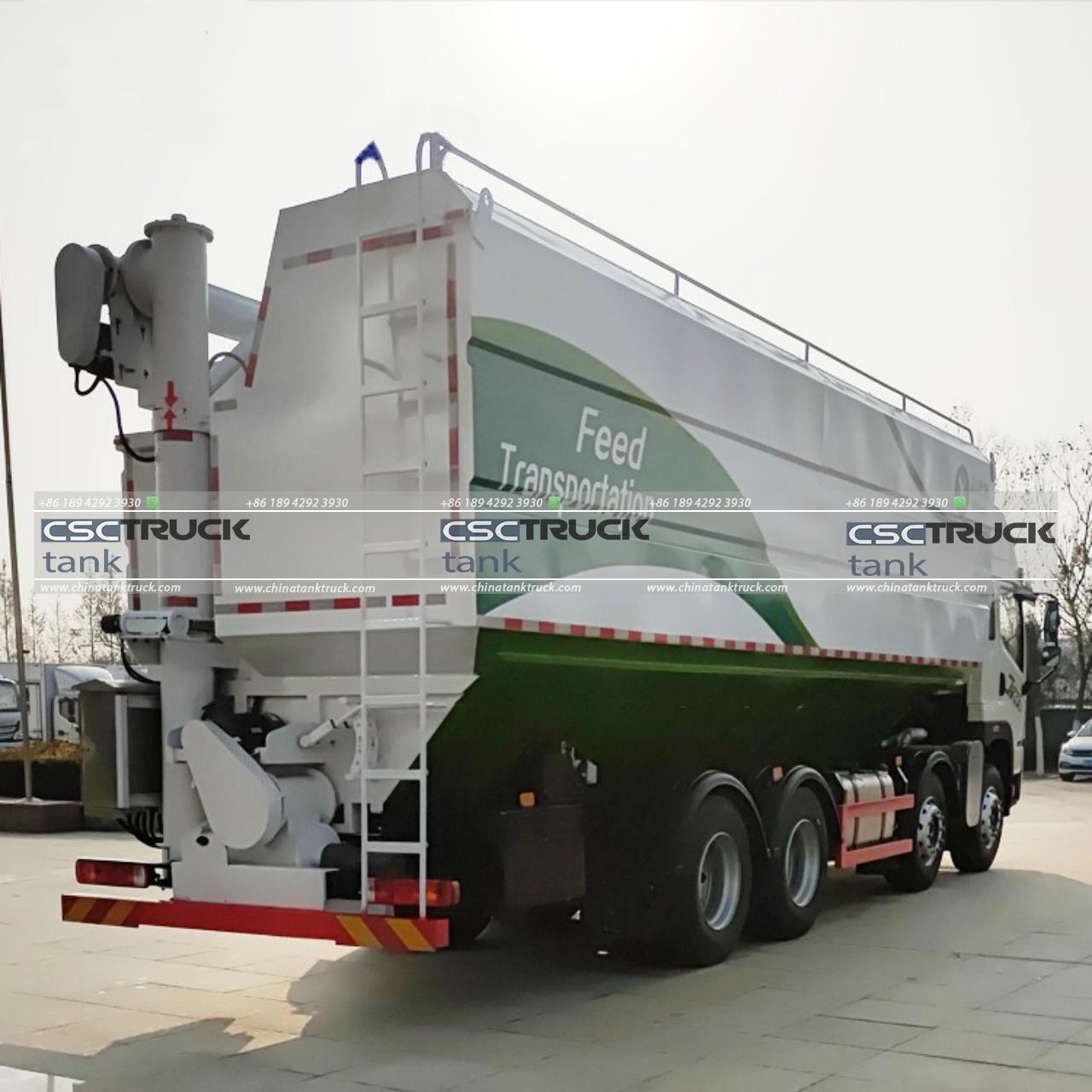“Pneumatic” originates from the Greek word “pneuma,” meaning breath or air. It finds its roots in ancient philosophy, where “pneuma” was considered a vital force or spirit that permeated the universe. Over time, this concept evolved and became intertwined with the development of various technologies, particularly in engineering and transportation.
Origins and Early Usage
The concept of pneumatic systems dates back to ancient Greece, where thinkers like Aristotle and Archimedes explored the properties of air and its applications. Archimedes, known for his foundational work in fluid mechanics, studied buoyancy and the behavior of gases, laying the groundwork for later pneumatic developments.
During the Renaissance, interest in pneumatics grew as scientists and inventors like Leonardo da Vinci and Blaise Pascal experimented with air pressure and its mechanical applications. Da Vinci, in particular, envisioned various pneumatic devices, including bellows and pumps, which demonstrated the potential of air as a source of power.

The Pneumatic Era: Industrial Revolution and Beyond
The Industrial Revolution marked a significant turning point for pneumatic technology. Engineers began harnessing compressed air for a wide range of applications, from powering machinery to creating pneumatic tools. This era saw the birth of pneumatic devices that revolutionized the mining, manufacturing, and transportation industries.
One of the key advancements during this period was the development of pneumatic tires. In 1847, Robert William Thomson patented the first pneumatic tire, which utilized air-filled tubes to provide a smoother ride compared to solid rubber tires. This innovation laid the foundation for modern automobile tires, highlighting the practical benefits of pneumatic technology in enhancing comfort and efficiency.
Pneumatics in Engineering and Modern Applications
In contemporary times, pneumatic systems continue to play a crucial role in engineering and industry. These systems rely on compressed air to operate machinery, control valves, and perform tasks that require precise force and motion control. Pneumatic actuators, for example, are widely used in robotics and automation, offering lightweight and cost-effective solutions for various applications.
The term “pneumatic” is now synonymous with devices and systems that utilize compressed air to achieve mechanical work. Pneumatic tools such as drills, impact wrenches, and nail guns are commonplace in construction and manufacturing due to their reliability and ease of use. Moreover, pneumatic actuators are integral components in industries ranging from aerospace to healthcare, showcasing the versatility and adaptability of pneumatic technology.

Cultural and Linguistic Influence
Beyond its technical applications, the term “pneumatic” has also influenced cultural and linguistic spheres. In literary contexts, pneumatic symbolism often evokes themes of air, breath, and vitality. Philosophically, pneuma continues to resonate as a metaphor for life force or spiritual energy, reflecting its ancient origins in Greek philosophy.
Linguistically, the prefix “pneu-” is used in various scientific and medical terms related to air or breath. For instance, “pneumonia” refers to a respiratory condition affecting the lungs, emphasizing the association between air and health. This linguistic heritage underscores the enduring influence of pneumatic concepts on our understanding of physiology and natural phenomena.
Conclusion: The Legacy of Pneumatic Technology
In conclusion, the term “pneumatic” encompasses a rich history of scientific inquiry, technological innovation, and cultural symbolism. From its ancient origins in Greek philosophy to its modern-day applications in engineering and industry, pneumatic technology continues to shape the way we harness and utilize air as a source of power and motion.
Whether in the form of pneumatic tools, actuators, or pneumatic tires, the legacy of pneumatic technology underscores its enduring relevance and adaptability in an ever-evolving world. As we continue to explore new frontiers in engineering and science, the concept of “pneumatic” remains a testament to humanity’s ingenuity and fascination with harnessing the power of air.
In essence, to understand why it is called pneumatic is to appreciate its deep-seated roots in philosophy, its transformative impact on technology, and its enduring legacy in shaping our modern world.


